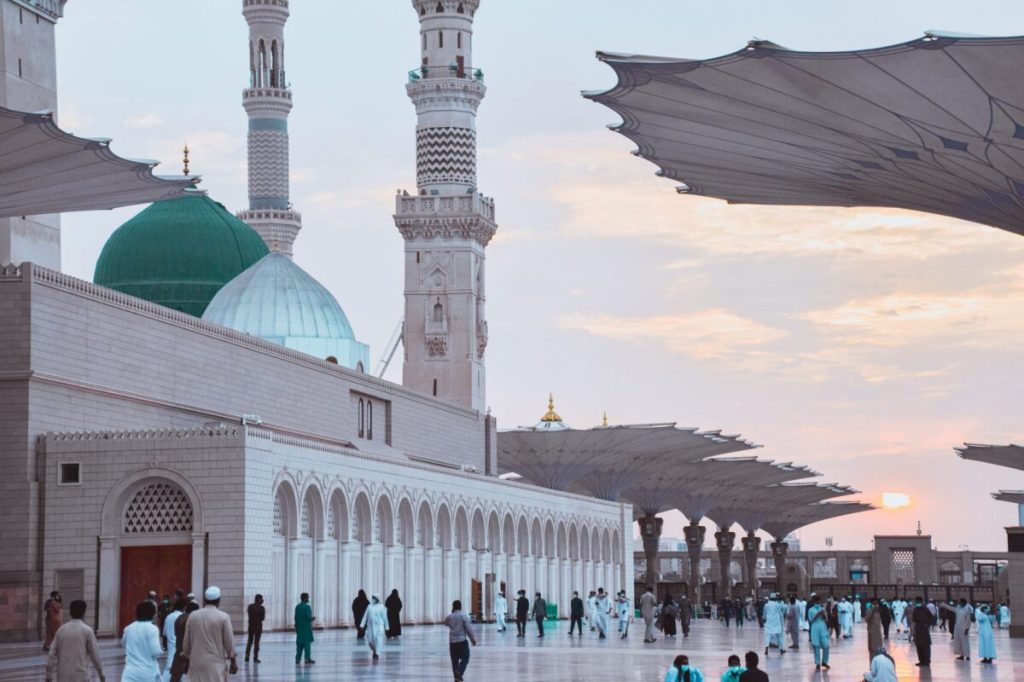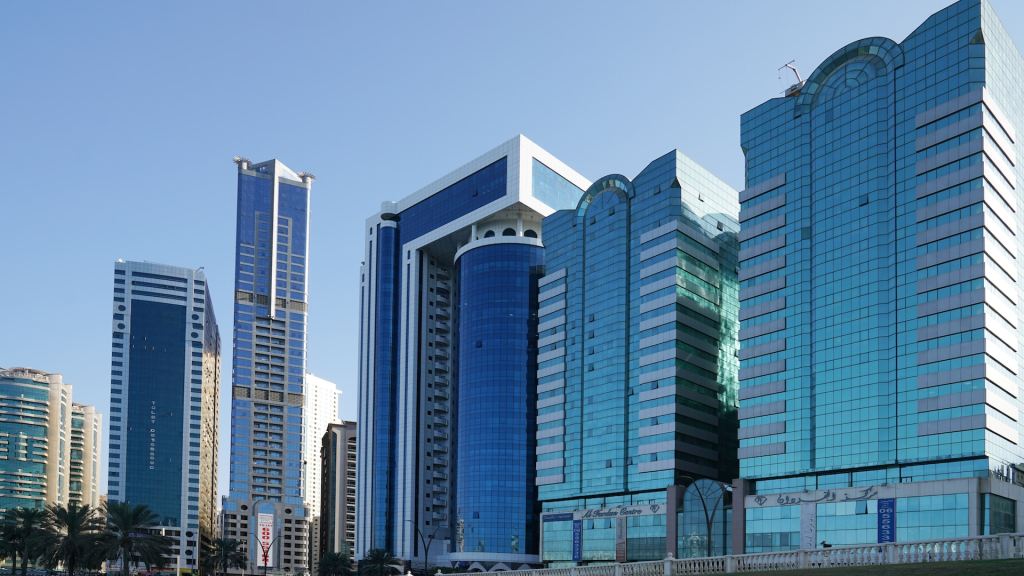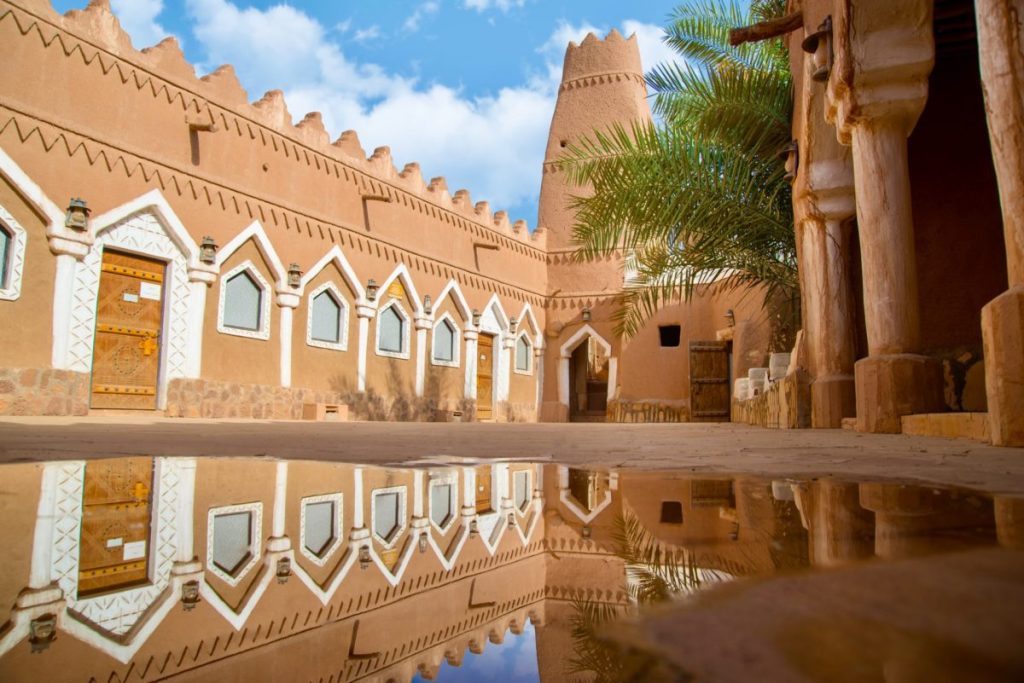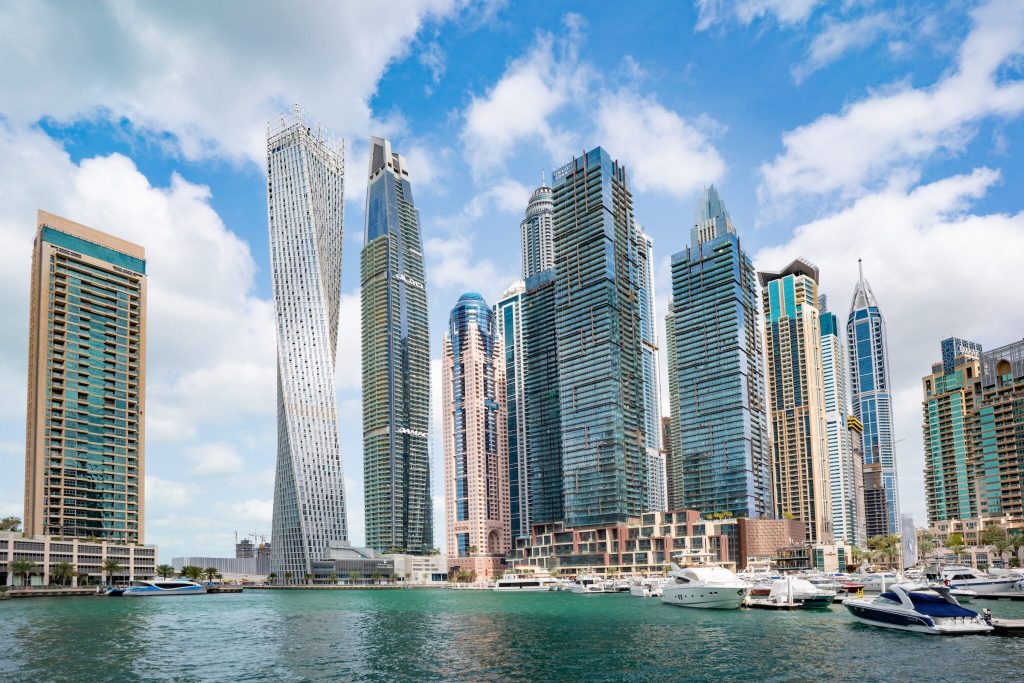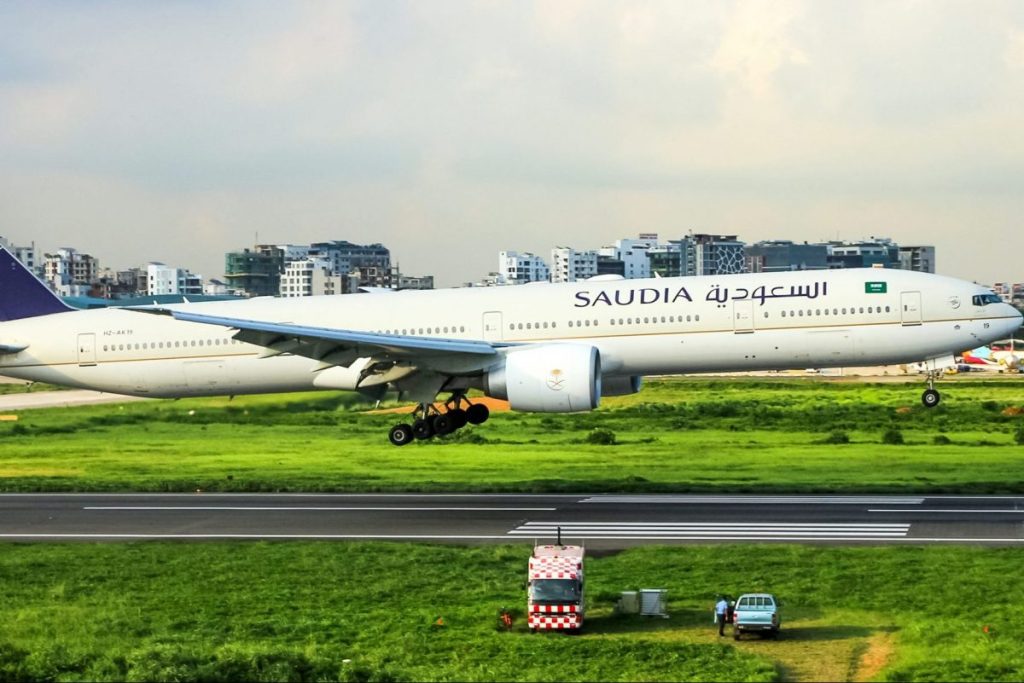Tourism
Middle East Exceeded Its Pre-Pandemic Tourism Level in Early 2023: UNWTO
The Middle East welcomed 15 percent more international tourists in the first three months of 2023 than it did for the same period in 2019, according to the UN World…

